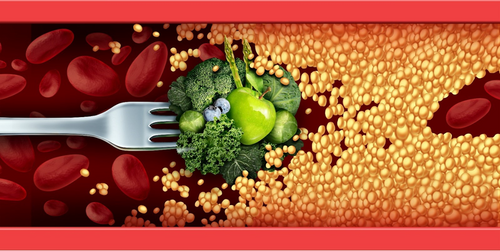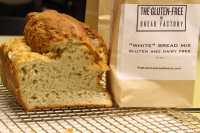Nutrition / 21.01.2025
JUNK FOOD: How Scientific Studies Have Shown That Fiber & Antioxidants Can Counteract Its Effects & Promote Less Restrictive Cholesterol & Weight Control
 Junk food is so loved by many of us. What is not loved are the associated medical conditions and weight gain. Over time, scientific studies have been conducted at various institutions across America and abroad. These studies have indicated that fiber and antioxidants can mitigate the health risks associated with junk food by counteracting the physiological effects of high-fat and other junk food. This does not mean that unlimited consumption of junk food without consequences is now possible. What it does mean is greater freedom, less restriction and a wider variety of food choices for healthy individuals. Such groundbreaking research findings include the following:
Junk food is so loved by many of us. What is not loved are the associated medical conditions and weight gain. Over time, scientific studies have been conducted at various institutions across America and abroad. These studies have indicated that fiber and antioxidants can mitigate the health risks associated with junk food by counteracting the physiological effects of high-fat and other junk food. This does not mean that unlimited consumption of junk food without consequences is now possible. What it does mean is greater freedom, less restriction and a wider variety of food choices for healthy individuals. Such groundbreaking research findings include the following:
- High-fat foods produce cholesterol-related acids that can clog arteries and raise cholesterol levels over time — opening the door to heart disease. Scientists have identified a special type of soluble fiber known as beta glucans that can help counteract that effect. According to scientists, beta glucans can reduce the absorption of dietary fats and control cholesterol levels all by itself, even in a diet containing moderate amounts of fat. Scientists have reported that beta glucans nab cholesterol-related acids produced by dietary fats — ushering them out of our bodies before they can ravage our heart and arteries and thus help in lowering our risk of heart disease.







